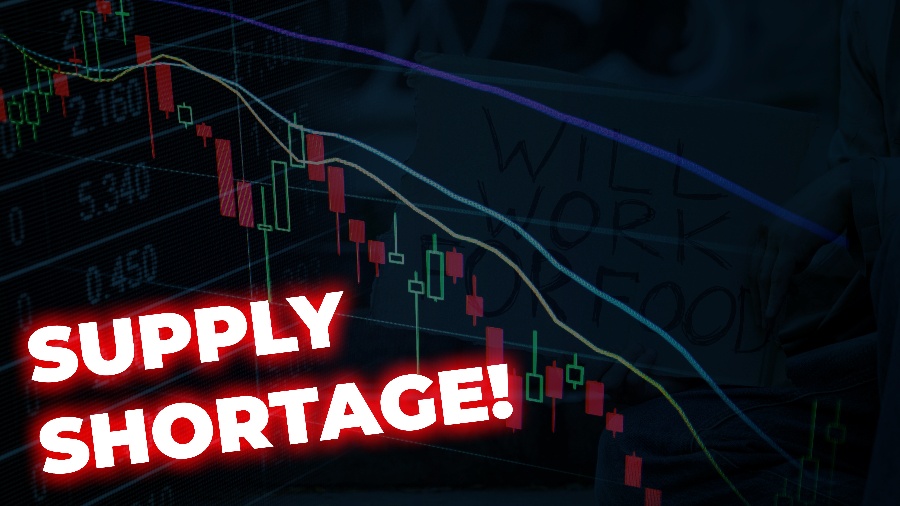
When everything is going well, the logistics needed to keep the automotive supply chain in sync are amazing. The original equipment manufacturers (OEMs) produce a steady supply of vehicles that flow smoothly into shipping systems.
These vehicles arrive at upfitters, who turn them into high-tech vocational tools. They are then sent to fleet operators across North America who are ready to put them to work. It's really impressive how well these different people in the supply chain work together.

However, this is not the best of times. The pandemic and the problems it caused in the supply chain are still having an effect on the automotive industry as a whole. Like any supply chain, when one part of the process of making cars breaks, the entire industry and others connected to it suffer.
The fleet industry as a whole will have to deal with a lot of problems for a while. The upfitting part of the industry is also being affected by these changes. Upfitters are trying to deal with a lack of chassis as well as shortages of parts and price increases. Below are a few important things to think about when making a fleet ordering cycle:
Simplified Vehicle Specifications
Some fleet owners may benefit from making vehicle specs easier to understand so that more manufacturers can make more units. Usually, you might combine your orders with a small number of manufacturers. In this case, work with more than one original equipment manufacturer. This will give you more options and reduce the impact of any delays that might come up.
Placement Of An Order Early
Although it seems like you just sent in your latest orders yesterday, there's no better time than now to get your next batch ready and at the top of the OEMs' production lists.
Budget Mindfulness
Keep an eye on your budget at all times. Operating and acquisition costs may not match up with what is expected each month. Tell your accounting and finance teams how money needs to be moved quickly to meet order deadlines. Learn about different ways to get money in case you need to be quick on your feet when opportunities come up.
Proper Replacement Cycling
You need to know the vehicles you'll be replacing to order the right ones. How you used your car could have changed a lot between two years. Look at your fleet data more often than you did in the past to see which vehicles' operating costs are more than the money they bring in. Those whose operating costs are higher than what they bring should be the first to be replaced.
How to Set Expectations for Vehicle Delivery
The fleet industry and consumers are affected by supply shortages. Most dealerships all over the country are struggling with low inventory. This prevents the availability of stock purchases. Use this option for urgent/emergency vehicle orders and expect it to be hard and expensive to fulfill. You will probably have to work with a vehicle that:
- Cost you more in fuel and maintenance than you had planned.
- Doesn't look exactly how you want it to or doesn't do what is needed of it
Get Help From Experts
When disruptions continue to hamper supply chain strategy, leasing a vehicle fleet is the smartest thing to do. This helps your business grow, be flexible, and stay ahead of the competition. At Wilmar, Inc., we lease vehicles to fit our client's needs. We're the largest independent leasing and fleet management company in the Southeast since we offer customized fleet solutions that meet our clients' needs. Contact us today to get started.
